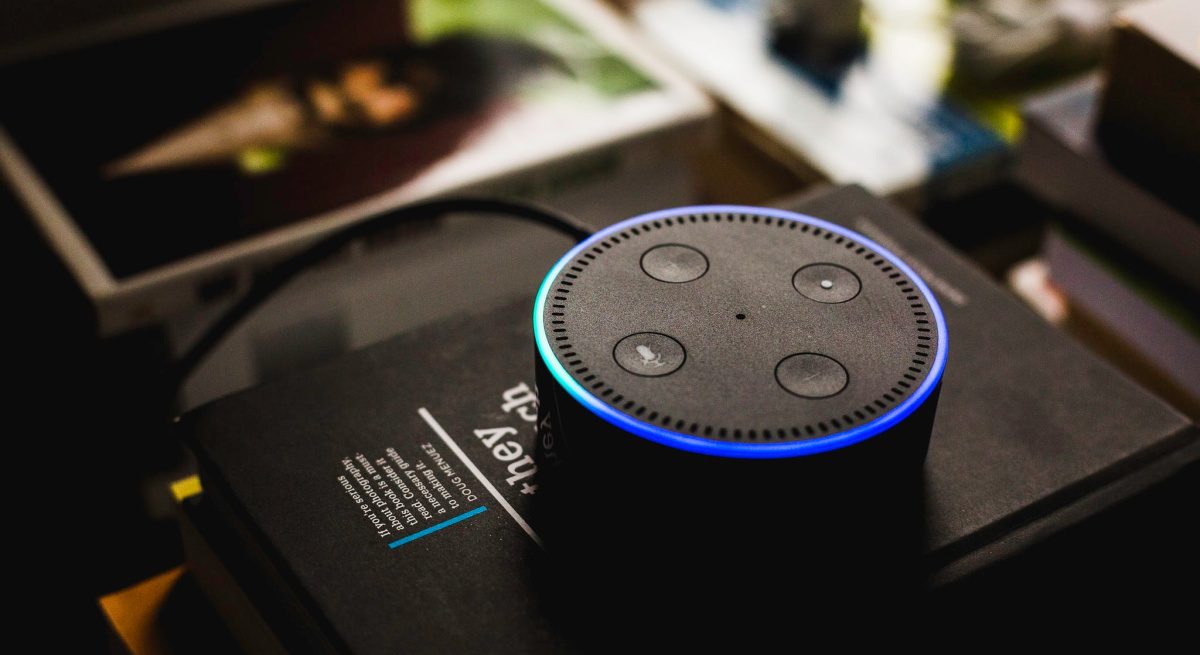MRM EXCLUSIVE: ‘Marketing Loud Speaker’ Revs Up QSR Response and Sales
4 Min Read By Mike Gunderson
Shake up your quick serve restaurant (QSR) and fast casual dining marketing response with voice response via smart speakers and voice assistants. When cell phones got smart, they became the shiny new technology toy. Now it’s smart speakers, which are proliferating like crazy.
With growing speaker popularity, voice activated calls to action are growing by leaps and bounds. Instead of having to go to a website, click on a text link or access an offer through a QR code, restaurant consumers can simply utter a code or phrase into their smart speaker to redeem offers, find out more information, express opinions, leave reviews and the like. This opens up a vast new way for both online and offline marketers to engage consumers, in turn driving up response and revenues.
Voice Response Taps into Emotions
Just as verbal interaction can offer more opportunities to tap into human emotions than static visuals, so does smart speaker-based communication present novel ways to connect emotionally with consumers. For example, an article in pymnts.com talks about voice recognition ability to read and respond to emotions: “‘Early customer feedback indicates that overall satisfaction with the voice experience increased by 30 percent when Alexa responded with emotions,’ the company [Amazon] said in the blog…such capabilities can lead to better customer service and deeper payments and commerce experiences, whether via Alexa, Google Home or other devices.”
The article continues, “…‘(the devices) can notice the frustration in your voice and offer a solution – like calling the support team for you,’ reads a recent analysis from VoiceSummit. ‘Another example is if you’re interacting with a voice-first shopping app…disappointment or moodiness in your voice can prompt the (voice assistant) to offer you a discount code.’”
Reading and responding to emotions using voice response technologies can deepen connection, build business and cement loyalty. For QSRs, this can be a game-changer in terms of building positive reviews and revenues.
Frictionless Hands-Free Response is Becoming Commonplace
The pymnts.com article notes: “More than three-quarters of U.S. adults made a purchase while going about their day-to-day activities – commuting, cooking, cleaning, watching TV, even taking care of the kids. Connected devices make shopping an everyday part of the everyday consumer experience. Voice makes it the ultimate hands-free experience.”
As multitasking increases, so will this form of response and communication. Voice activated calls to action will fit more easily into the daily routine of busy people who don’t have—or won’t take—the time to interact with other call-to-action avenues.
Opens up a New Market Among Sight-Challenged
An article in Nasdaq.com addresses the potential of smart speakers in general: “In addition, it is believed that smart speakers can contribute immensely…for the visually impaired, uneducated and the elderly by making their interaction with technology much simpler. Globally, at least 2.2 billion people have a vision impairment or blindness as per the World Health Organization.”
Instead of having to visually wade through verbiage detailing an offer or request, this population can now hear about it. A large code or phrase printed on a package or shown on a screen can be much more easily deciphered by a group that will feel their needs and preferences are being addressed. This, too, can provide a valuable competitive edge for QSRs looking to tap into new audiences.
Voice Response Popularity Mirrors Smart Speaker Growth
As goes smart-speaker shopping, so goes increasing use of voice response. An article in the Motley Fool looks at the growth: “Shopping on smart speakers is growing faster than analysts expected. Around 31 million Americans will shop through their smart speakers this year, up 31.6 percent year over year. Amazon has successfully pushed its Echo smart speakers into consumers' homes. Its Echo Dot was one of the bestselling items on Amazon's marketplace on Cyber Monday. Amazon Echo device owners historically spend more than the average Amazon shopper. As smart speaker adoption increases, Amazon should see a continued increase in average spend per customer thanks to the presence of Alexa in Prime members' homes.”
Entertain and Convince
Clearly, voice response technology is a cutting-edge marketing ingredient that can transform so-so fast casual dining response into star power. It’s fun, frictionless and fast. That means the offer itself and how it’s presented. Because it’s a fun new way to easily access offers, interact and get information, voice activated marketing provides its own entertaining and enticing way to get people to respond. Think about the advent of QR codes, where suddenly people could connect to all types of information simply by focusing on a graphic element. People did it because it was cool, and ultimately, because there was something compelling their attention. Voice Activated Call To Action™ (VACTA) is the newest tool, aided by the meteoric rise of smart speaker use worldwide.
Get Personal
Assign unique, individual codes to each recipient using methodologies where this is feasible (e.g., direct mail, labels/packaging, point-of-purchase receipts). This enables total attribution and provides much more data mining about that individual and ability to determine their preferences, buying triggers and the like. Personalizing QSR and fast casual dining offers is nothing new. But, VACTA with unique codes enables prospects to connect in a way that helps marketers zero in on individuals instead of having to “throw something up against the wall and see what sticks” with the mass marketplace.
For QSRs wanting to shake up marketing response (and who doesn’t?), voice activated calls to action will increasingly rock the marketplace in 2020 and beyond.


